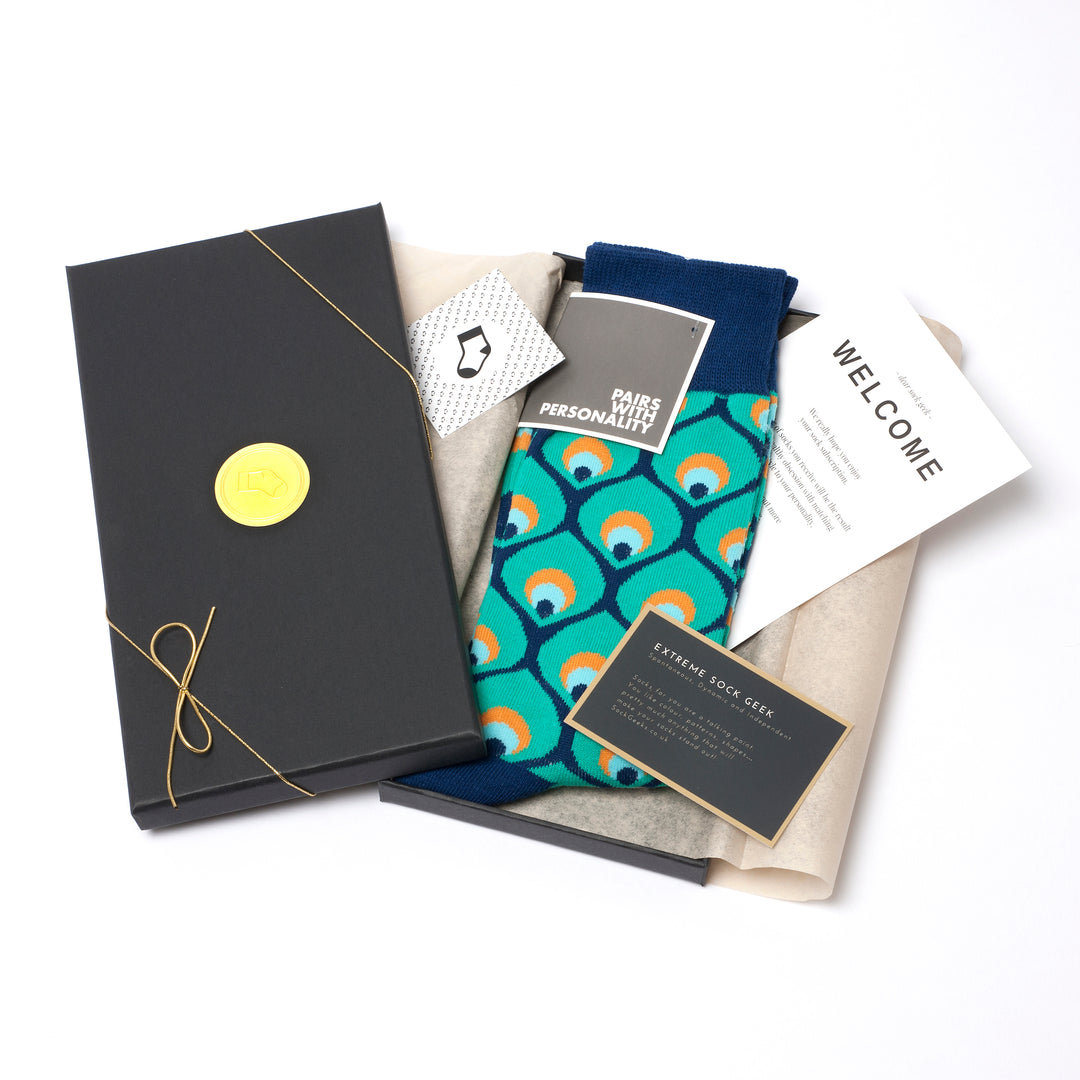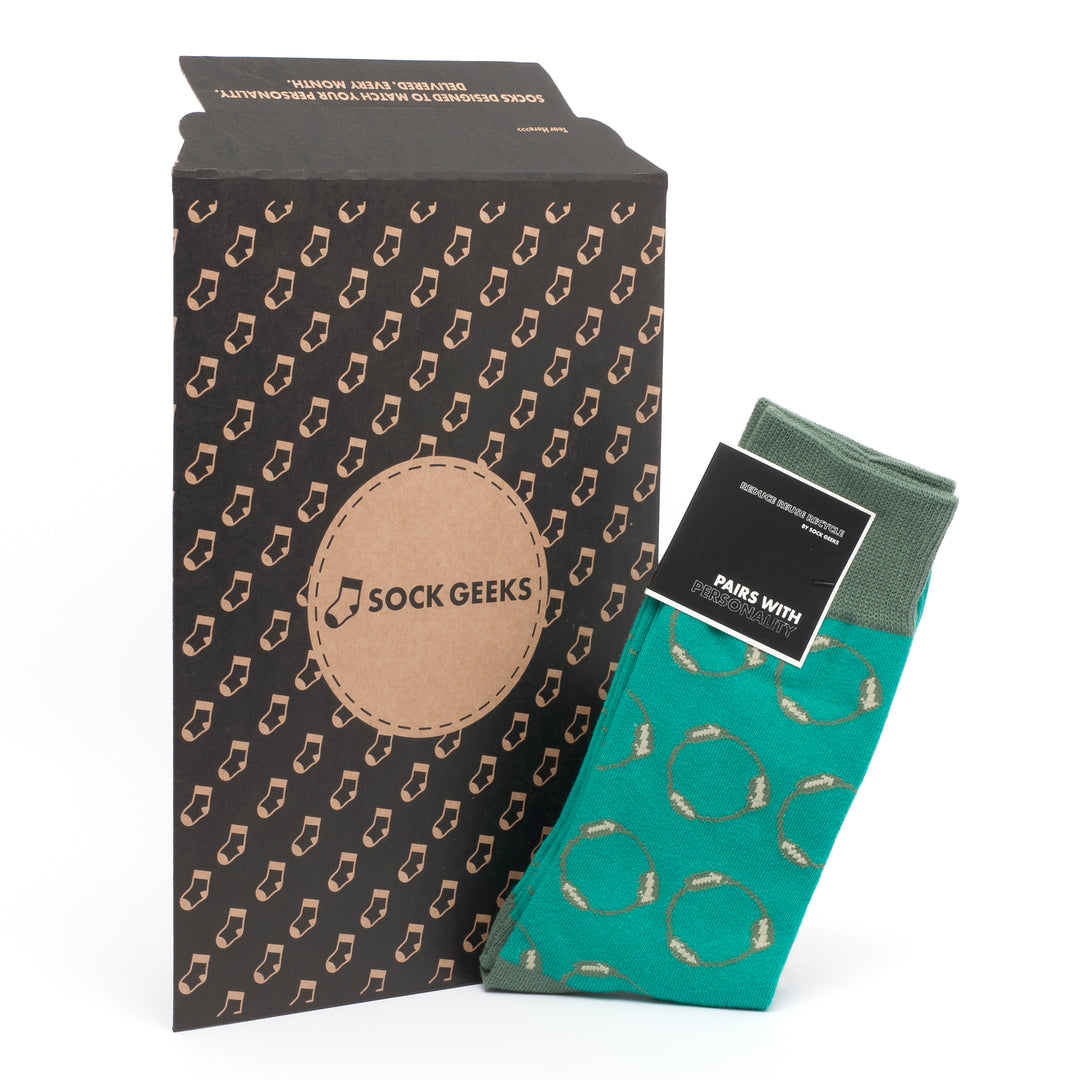![]() Choosing the Right Diabetic Socks: A Comprehensive Guide
Choosing the Right Diabetic Socks: A Comprehensive Guide
Key Takeaways
- Diabetic socks are designed to protect the feet and keep individuals with diabetes comfortable. They have a proven track record of significantly reducing the risk of complications.
- These socks enhance blood circulation, reduce pressure points, and prevent injuries that can cause infections.
- Daily foot care is important for diabetics to prevent complications, such as ulcers and nerve damage, which can lead to amputation.
- Seamless construction Moisture-wicking fabric
Non-restrictive cuffs
Light padding for extra protection and comfort - Pick socks that are snug, but not tight. They shouldn’t be constrictive, and they shouldn’t be baggy, and they should suit your individual requirements and lifestyle.
- Extra effects, such as decreasing foot swelling, helping to control temperature, and improving general foot comfort for daily activities.
What Are Diabetic Socks
Diabetic socks are specifically constructed to help promote better foot health in those with diabetes. These socks are designed to address those needs. They reduce the risk of diabetes complications including foot ulcers, which impact nearly 1 in 10 people with diabetes.
They’re designed with innovative features that maximise comfort, protection, and performance, making them versatile enough for daily wear. Another important feature of diabetic socks is softness. These socks are easily differentiated from regular socks by their non-elasticated cuffs.
This design prevents restriction of blood flow and removes raised seams to minimize friction to the skin. This thoughtful design helps minimize blister and irritation risk. It’s even better for those who have sensitive skin or circulation issues.
Many brands use high-tech materials such as silver knit thread to reduce the development of odor. Still others turn to Teflon-reinforced yarn to reduce friction further. These new options deliver even more comfort and protection, for all kinds of needs.
One other advantage of diabetic socks is temperature and moisture control. They provide warmth without overheating, wicking away moisture to help sweat evaporate quickly. This balance promotes healthy skin and helps prevent the development of fungal infections.
Socks with blister-guard yarn are a boon for active users. They do a great job of preventing blisters that can form due to movement that is repetitive. Diabetic socks can be found almost anywhere, from national chains and drug stores to specialty online retailers.
Further, they’re listed as a class 1 medical device, emphasizing their key role in the management of overall health. They generally can last six months with the right care, though this varies greatly by brand and quality.
Benefits of Wearing Diabetic Socks
There are a number of useful benefits of wearing diabetic socks, especially for people living with diabetes. These products are designed with innovative benefits to help address the special issues people with diabetes face. They are specifically designed to improve comfort, protection, and health.
One of the major benefits of diabetic socks is they help keep your feet warm. This therapeutic warmth aids in increasing blood flow. Improved circulation promotes healthy skin and helps protect the nerves in your feet. This is crucial because diabetes frequently carries the risk of developing circulatory issues.
Regulating foot temperature is another benefit of diabetic socks. Many diabetic socks are designed with special fabrics that promote a comfortable temperature. That calming effect might make you sleep better, too.
With diabetes, taking care of your feet is more important than ever. Diabetic socks can help you prevent serious complications such as foot ulcers. These ulcers have a very high prevalence in the diabetic population and may become infected, resulting in grave complications such as amputation.
By alleviating pressure and granting extra cushioning, diabetic socks can protect against these dangers. Socks produced with Celliant yarn have been clinically proven to relieve pain. They further encourage more rapid healing of diabetic foot ulcers and protect the foot to maintain better health.

Odour control is a third practical benefit. Most diabetic socks use anti-microbial threads, such as Silver Knit, that actively fight odour-causing bacteria all day long. The ideal choice for patients on a budget, diabetic socks can last up to six months with the right care.
That’s what makes them a smart choice for long-term, everyday wear.
Importance of Foot Care for Diabetics
Proper foot care is vital to preventing diabetes complications. Those living with diabetes face extraordinary challenges each and every day. Diabetes-related complications including vascular disease, peripheral neuropathy, and increased mechanical stress significantly increase the risk of lower limb amputations.
In some, other conditions such as Charcot neuroarthropathy can further complicate the story, making proactive and preventative care crucial. Alarmingly, diabetic foot complications are responsible for 85% of those cases that result in limb loss. The reality is, according to experts, up to 80 percent of amputations are preventable with the right care and attention.

Perhaps one of the most sensible preventative measures, diabetic socks should be worn every day. These socks are designed to reduce pressure points, wick moisture, and ensure proper blood flow all vital for preventing ulcers and irritation.
Washing them regularly maintains their effectiveness and hygiene, checking your feet daily will help you catch signs of wear and discomfort before it becomes serious. When properly cared for, diabetic socks can last up to six months on average, making them a great investment that provides peace of mind.
Avoiding basic steps can result in major consequences. Diabetic foot ulcers and vascular insufficiency continue to be pressing issues, yet treatment paradigms have hardly shifted over the decades.
Daily foot checks and proper footwear are critical components of diabetic sock use. You can avoid major issues from developing by taking care of your feet and recognizing early warning signs of redness, swelling, or irritation.
It’s these little, daily habits that guard your feet. They dramatically reduce the risk of more serious outcomes such as amputation, highlighting the importance of preventative care in the treatment of diabetes.
Features to Look for in Diabetic Socks
Diabetic socks are specifically designed to address the needs of those with diabetes. They deliver unmatched comfort and crucial protection. Selecting the right pair is all about knowing what features make these socks unique and great for your feet.
Another key feature to look for is non-elasticated cuffs. Tight bands can cut off circulation, and that’s especially dangerous for people with diabetes. Socks with mild or no elastic support improved circulation without compromising sock retention.
Perhaps the most important feature is lack of irritating seams. Friction from raised seams can create blisters or sores that take a long time to heal. Seamless designs help eliminate this risk, as well as providing additional comfort.
Temperature regulation is an important consideration. Keeping feet warm increases blood circulation, which can help maintain nerve health and skin integrity. This is especially nice during the colder months.
When using diabetic socks in warmer weather, look for materials that allow breathability and wick away moisture. They promote moisture-wicking properties that allow sweat to evaporate, keeping feet dry and preventing the risk of fungal infection or odour.
In addition, materials such as silver or Celliant can help inhibit bacterial growth, providing extra protection and helping with healing. Arch support and cushioning are features you’ll find in many diabetic socks, helping to improve overall foot comfort and reduce fatigue.
This is crucial as up to 10% of those with diabetes are at risk of developing foot ulcers. The right socks can help prevent diabetic foot complications by minimizing pressure and friction against sensitive skin.
Choosing the Right Diabetic Socks
It’s easy to underestimate the impact of wearing the right diabetic socks. For people with diabetes, the risk of foot ulcers is serious, affecting nearly 1 in 10 people. Well-fitting socks help protect against potentially dangerous complications from diabetic neuropathy. They help relieve foot pain and ensure comfort all day long.
When it comes to diabetic socks, the material is incredibly important. Fine-textured fabrics such as bamboo and wool are best, because they’re less abrasive and irritating to the skin. These materials have natural antimicrobial properties, so bacteria and fungus won’t thrive as much and your feet will remain healthy and dry.
Other socks, such as Skinnies Therapeutic socks, offer more comfort and circulation support. They do this by employing a combination of viscose, nylon, and elastane. This combination cradles tired feet, cools swelling legs, and shields sensitive areas, such as the toes.
Temperature regulation is another important consideration. Socks made with special materials, including silver or synthetic yarns like Celliant, offer additional protective properties. Because silver retains warmth, diabetic socks with silver properties are ideal for colder climates or outdoor winter excursions.
Celliant has been clinically proven to accelerate wound healing, decrease pain, and even increase sleep quality. This makes options like Reflexa’s Diabetic Socks a smart choice for anyone looking to experience a higher standard of diabetic sock care.
It’s important to choose socks that won’t constrict blood flow. The right diabetic socks can give you the peace of mind of knowing your feet are protected and comfortable, allowing you to stay active without worry. Armed with the right diabetic socks, daily life is less intimidating, and you’ll be more prepared to sidestep complications.
Additional Benefits of Diabetic Socks
Diabetic socks are crafted in ways that cater to the unique challenges that those with diabetes often experience. It’s not just about reducing pressure and preventing blisters with these socks. They come with a variety of added benefits that take your foot care experience to the next level.
One of the coolest features is the use of Celliant. The synthetic yarn it’s made of is scientifically engineered to relieve pain and promote faster wound healing. This is especially beneficial for individuals at risk for foot ulcers or wounds that heal slowly.
Coupled with their temperature-regulating properties, this sock keeps feet warmer, which improves blood circulation. Better blood circulation keeps your skin from cracking while maintaining healthy nerves, minimizing the pain associated with a lack of blood flow.
For those living with diabetes, the inability to regulate body temperature is an added difficulty and discomfort. Diabetic socks assist in maintaining a consistent body temperature. This can help you relax and may even contribute to a better quality of sleep.
This is crucial for people with diabetes who already have difficulty getting restful sleep from pain or discomfort. Our diabetic socks are made with anti-microbial Silver Knit thread to fight odour and bacteria, helping to keep feet fresh and clean even after long hours of wear.
Wearing diabetic socks can easily improve athletic performance, too. By enhancing circulation and reducing muscle fatigue, they promote foot stamina during exercise.
Wearing diabetic socks regularly can dramatically reduce the chances of developing severe complications such as foot ulcers. If these ulcers become worse, they may require amputation.
Their long-lasting wear and machine laundering convenience create an everyday solution to keep feet healthy long-term.
Conclusion
Diabetic socks provide numerous benefits beyond comfort. They promote circulation and foot health, reducing the risk of injury and keeping you active and worry-free. With cushioned fabrics, relaxed fit openings, and sweat-repellent properties, they check the boxes for functional performance and daily use. Choosing the right diabetic socks can make a world of difference, particularly for people living with diabetes.
It’s not just about comfort and convenience, it’s about feeling confident and staying in control of your health. Diabetic socks bring together invisible but intentional elements that shield and pamper your feet daily.
Make the move to healthier feet. Discover the best diabetic socks for you, and provide your feet with the comfort and protection they need. One small decision can make a world of difference in your comfort and peace of mind.
Frequently Asked Questions
What are diabetic socks?
Diabetic socks are non-binding, cushioned socks that provide diabetic foot care benefits to people with diabetes. They provide additional shock absorption, wick away moisture, and help prevent foot injuries, blisters or infections, improving overall foot health and comfort.
Why are diabetic socks important for foot care?
Diabetic socks help prevent other foot complications resulting from diabetes, like ulcers or infections. They enhance circulation and help eliminate pressure on the feet. Moreover, they shield skin from irritation, which makes them vital for diabetic foot care.
What features should I look for in diabetic socks?
Shop for non-binding tops, seamless construction, moisture-wicking material, and extra cushioning. Together, these features provide all-day comfort, irritation-free wear, and protection against foot injuries or infections.
Are diabetic socks suitable for everyone with diabetes?
Diabetic socks are a great benefit for most people with diabetes. They are particularly beneficial for people with bad circulation, neuropathy, or skin irritation. Always speak with your physician if you have individualized questions or concerns.
Can diabetic socks help improve circulation?
Yes, diabetic socks usually have non-restrictive designs that help encourage good blood flow. This prevents swelling while promoting circulation, both of which are key components to treating and preventing diabetic foot complications.
How often should I replace diabetic socks?
Replace diabetic socks every 6 to 12 months or within 3 months of visible wear. Old, damaged socks can’t offer the same protection or cushioning.
Are diabetic socks available in different sizes and styles?
Indeed, diabetic socks are available in many sizes, lengths, and styles. Whether you prefer ankle socks or knee-highs, there are styles designed to match your personal style and needs.




















Leave a comment